Home>Furniture>Outdoor Furniture>How To Clean Black Mold From A Concrete Patio
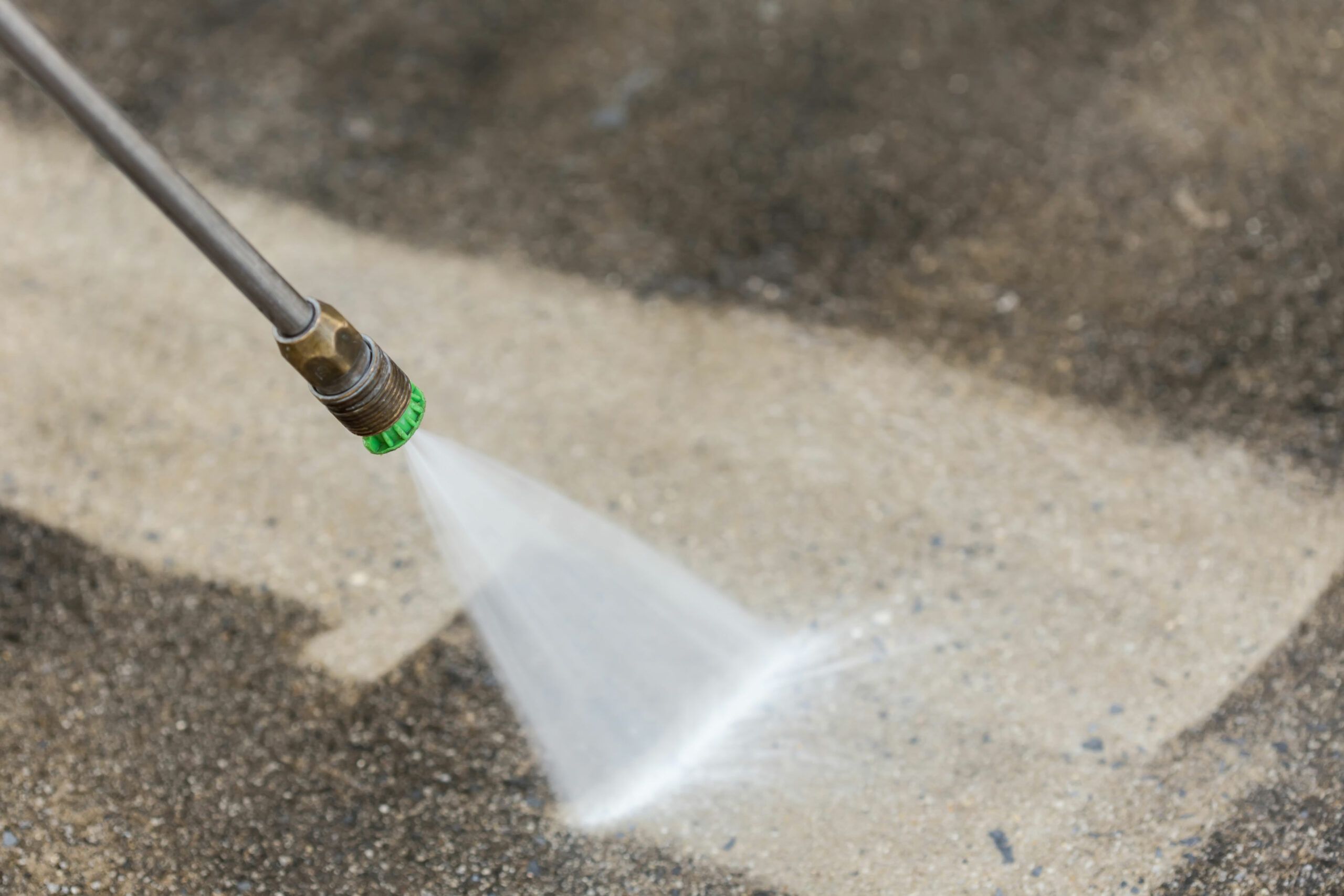

Outdoor Furniture
How To Clean Black Mold From A Concrete Patio
Modified: March 15, 2024
Learn how to effectively remove black mold from your outdoor furniture with these easy-to-follow steps. Transform your concrete patio and enjoy a clean and mold-free space.
(Many of the links in this article redirect to a specific reviewed product. Your purchase of these products through affiliate links helps to generate commission for Storables.com, at no extra cost. Learn more)
Introduction
Welcome to our guide on how to clean black mold from a concrete patio. Concrete patios are a popular choice for outdoor living spaces due to their durability and low maintenance. However, over time, these patios can become susceptible to the growth of black mold, which not only affects the aesthetics but also poses potential health risks. Therefore, regular cleaning and maintenance of your concrete patio are essential to keep it looking its best and ensure the health and well-being of you and your family.
In this comprehensive guide, we will take you through the step-by-step process of effectively removing black mold from your concrete patio. We will also provide you with valuable tips on how to prevent future mold growth, allowing you to enjoy a clean and mold-free outdoor space.
Before we dive into the cleaning process, it’s important to understand what black mold is and why it forms on concrete patios. Black mold, also known as Stachybotrys chartarum, is a type of fungus that thrives in moist and damp environments. It appears as black or dark green patches on surfaces and can release spores into the air, potentially causing respiratory issues, allergies, and other health problems.
Concrete patios are susceptible to mold growth due to their porous nature. They can absorb moisture from rain, sprinklers, and even high humidity levels, creating the perfect environment for mold to flourish. Factors such as lack of sunlight, poor drainage, and debris accumulation can further contribute to mold growth.
Now that we understand the nature of black mold on concrete patios, let’s move on to the necessary safety precautions you should take before cleaning.
Key Takeaways:
- Regular cleaning and preventive measures, such as promoting proper drainage, removing standing water, and keeping the patio clean, are essential to prevent black mold growth on concrete patios.
- By implementing measures like controlling moisture levels, applying a mold-resistant coating, and monitoring surrounding areas, you can maintain a clean and mold-free outdoor space for years to come.
Read more: How Clean Concrete Patio
Understanding Black Mold on Concrete Patios
Black mold can be a nuisance on your concrete patio, not only impacting its appearance but also potentially posing health risks. It is important to understand the characteristics of black mold to effectively combat and prevent its growth on your outdoor surface.
Black mold, scientifically known as Stachybotrys chartarum, is a type of fungi that thrives in damp and humid environments. It appears as dark green or black patches on the surface and can spread rapidly if left untreated. Besides its unsightly appearance, black mold can release spores into the air, which may cause various health issues.
Concrete patios are prone to mold growth for several reasons. First, concrete has porous properties, meaning it can easily absorb moisture from rain, sprinklers, or even high humidity. If the water does not evaporate properly or the patio lacks proper drainage, it creates a breeding ground for mold. Additionally, lack of sunlight and debris accumulation can contribute to the growth and spread of mold on your patio.
One of the primary concerns with black mold is its potential health effects. Exposure to mold spores can trigger allergies, respiratory issues, and other adverse health reactions. Individuals with asthma, weakened immune systems, or mold allergies are particularly vulnerable. It is crucial to address mold growth on your concrete patio not only for aesthetic reasons but also for the well-being of you and your loved ones.
It’s worth noting that black mold on concrete patios may not always be easy to identify. It can blend in with the natural discoloration or stains on the surface, making detection challenging. However, there are a few telltale signs to watch out for. These include the presence of dark patches or spots that appear slimy or fuzzy, a musty odor emanating from the patio, or visible signs of water damage or moisture accumulation.
To effectively remove black mold from your concrete patio, it is important to take the necessary safety precautions before cleaning. This will ensure your well-being and minimize the risk of exposure to mold spores during the cleaning process. In the next section, we will discuss the safety measures you should follow.
Safety Precautions Before Cleaning
Before you begin the process of cleaning black mold from your concrete patio, it is important to prioritize your safety. Mold spores can cause respiratory issues and allergies, so taking the necessary precautions is crucial to minimize your exposure. Here are some safety measures to follow:
- Protective Clothing: Wear long sleeves, pants, gloves, and closed-toe shoes to protect your skin from direct contact with mold spores and cleaning solutions. Additionally, consider wearing safety goggles and a face mask to prevent inhalation of harmful particles.
- Ventilation: Ensure proper ventilation while cleaning the patio. Open windows and doors to allow fresh air to circulate, or use fans to promote air movement.
- Isolation: If possible, isolate the area being cleaned by closing off adjacent spaces or using plastic sheets and tarps to prevent mold spores from spreading to other areas of your home or outdoor space.
- Wet Down the Surface: Before starting the cleaning process, lightly mist the patio surface with water to minimize the dispersal of mold spores into the air during cleaning.
- Avoid Dry Brushing: Avoid dry brushing or using abrasive cleaning methods as they can release more mold spores into the air. Opt for wet cleaning methods instead.
- Cleanup: Once you have completed the cleaning process, properly dispose of any contaminated materials, such as gloves, rags, and cleaning solutions. Seal them in plastic bags before disposing of them in outdoor trash bins.
- Monitor Your Health: If you experience any allergic reactions, respiratory problems, or other health issues during or after the cleaning process, seek medical attention immediately.
By following these safety precautions, you can minimize your exposure to mold spores and ensure a safe cleaning process. Now that you are aware of the necessary safety measures, let’s move on to the tools and materials you’ll need for cleaning your concrete patio in the next section.
Tools and Materials Required
Before you can begin cleaning the black mold from your concrete patio, you will need to gather the necessary tools and materials. Here is a list of items you will need:
- Protective Gear: Wear long-sleeved clothing, long pants, gloves, safety goggles, and a face mask to protect yourself from mold spores and cleaning solutions.
- Pressure Washer: A pressure washer can be incredibly effective in removing mold and dirt from the surface of your concrete patio. If you don’t own one, you can rent one from a local home improvement store.
- Scrub Brush: Choose a stiff-bristle brush or a deck brush with nylon bristles to scrub away the mold and dirt from the patio surface.
- Bucket: You will need a bucket to mix your cleaning solution and to carry water for rinsing.
- Mold Cleaning Solution: There are several cleaning solutions you can use to tackle black mold on your concrete patio. One effective option is a mixture of one part bleach to four parts water. Alternatively, you can use a commercial mold and mildew cleaner specifically formulated for outdoor surfaces.
- Spray Bottle: A spray bottle can be useful for applying the cleaning solution to smaller areas or for spot treatment.
- Water Source: You will need a water source, such as a hose or a nearby faucet, to rinse off the cleaning solution after scrubbing.
- Broom or Leaf Blower: A broom or a leaf blower can be handy for removing any loose debris or leaves from the patio surface before cleaning.
- Plastic Sheeting or Tarps: If desired, you can use plastic sheeting or tarps to protect surrounding areas or nearby plants from the cleaning solution or debris.
Remember to read and follow the instructions on all cleaning solutions and tools to ensure their safe and effective use. Once you have gathered all the necessary tools and materials, you will be ready to proceed with the cleaning process. In the next section, we will outline the step-by-step instructions on how to clean black mold from your concrete patio.
Step 1: Prepare the Patio for Cleaning
Before you begin the process of cleaning black mold from your concrete patio, it is important to properly prepare the area to ensure optimal results. Follow these steps to prepare your patio for cleaning:
- Clear the Patio: Remove any furniture, potted plants, or other items from the patio surface. Create a clear and open space for easy access and thorough cleaning.
- Sweep or Use a Leaf Blower: Use a broom or a leaf blower to remove any loose debris, such as leaves, dirt, or grass clippings, from the patio surface. This will make the cleaning process more effective and prevent debris from getting in the way.
- Protect Surrounding Areas: If there are any nearby plants, delicate surfaces, or areas you want to protect from potential damage or overspray, cover them with plastic sheeting or tarps. This will prevent any accidental contact with cleaning solutions or debris.
- Wet Down the Patio: Lightly mist the entire patio surface with water. This will help minimize the spread of mold spores into the air during the cleaning process.
- Check for Cracks or Damage: Take a moment to inspect the patio surface for any visible cracks, damage, or areas that may require additional attention. Note these areas for later inspection and repair.
By properly preparing your patio for cleaning, you will create an ideal environment for the effective removal of black mold. Removing furniture and debris, protecting surrounding areas, and wetting down the surface will set the stage for a successful cleaning process. In the next step, we will focus on removing loose debris from the patio surface.
Read more: How To Clean Black Mold In Air Conditioner
Step 2: Remove Loose Debris
Once you have prepared your patio for cleaning, the next step is to remove any loose debris from the surface. This will help ensure that the cleaning process is more effective and that the mold is properly exposed. Follow these steps to remove loose debris from your concrete patio:
- Use a Broom or Leaf Blower: Grab a broom or a leaf blower and carefully sweep or blow away any loose dirt, leaves, or other debris from the patio surface. Start from one end and work your way across the entire area, focusing on all nooks and crannies.
- Pay Attention to Corners and Edges: Use a smaller broom or a brush to reach tight corners and edges that are harder to access with a regular broom or leaf blower. Ensure that all loose debris is removed from these areas as well.
- Collect Debris in a Dustpan or Bag: As you sweep or blow away the debris, collect it in a dustpan or use a bag to dispose of it properly. This will prevent the debris from blowing back onto the patio surface or being scattered in your outdoor space.
- Inspect for Stubborn Debris: After removing the majority of the loose debris, take a closer look at the patio surface. If you notice any stubborn debris, such as stuck-on leaves or dirt, use a scraper or a stiff-bristle brush to gently remove it. Be careful not to scratch or damage the concrete surface while doing so.
Removing loose debris from your concrete patio is an important step in preparing the surface for the cleaning process. By clearing away dirt, leaves, and other debris, you allow for better contact and penetration of the cleaning solution. Once you have removed all loose debris, you can proceed to the next step: creating a cleaning solution.
Step 3: Create a Cleaning Solution
Now that you have cleared away the loose debris from your concrete patio, it’s time to create a cleaning solution that will effectively remove the black mold. There are several options for cleaning solutions that are effective at eliminating mold from outdoor surfaces. Here’s how to create a simple yet powerful cleaning solution:
- Mix Bleach and Water: In a bucket, combine one part bleach with four parts water. For example, if you use one cup of bleach, mix it with four cups of water. This mixture provides a strong disinfectant and helps kill mold spores. Ensure that the area you are working in is well-ventilated.
- Commercial Mold and Mildew Cleaners: Alternatively, you can use a commercial mold and mildew cleaner specifically designed for outdoor surfaces. Follow the instructions on the product label for the appropriate mixing ratio.
- Add a Mild Detergent (Optional): If you prefer, you can add a small amount of mild detergent to the solution. This can help with breaking down dirt and grime on the patio surface.
- Mix Thoroughly: Stir the mixture well until the bleach (or commercial cleaner) and water are evenly combined. Make sure to use gloves and avoid contact with the cleaning solution.
Creating a cleaning solution is an essential step in the process of eliminating black mold from your concrete patio. The bleach solution or commercial mold and mildew cleaner will provide the necessary strength to effectively eliminate mold spores and stains. Once you’ve prepared the cleaning solution, you’re ready to move on to the next step: applying the solution to the concrete patio.
Mix a solution of 1 part bleach to 3 parts water and scrub the black mold with a stiff brush. Rinse thoroughly with water and repeat if necessary. Wear protective gear and ensure good ventilation.
Step 4: Apply the Cleaning Solution to the Concrete Patio
With the cleaning solution ready, it’s time to apply it to your concrete patio to target and eliminate the black mold. Follow these steps to effectively apply the cleaning solution:
- Start from a Corner: Begin by pouring or spraying the cleaning solution onto a small section of the patio, starting from a corner. This will allow you to work in a systematic manner and ensure thorough coverage.
- Use a Sprayer or Brush: Depending on the size of the area and your preference, you can either use a garden sprayer to evenly distribute the cleaning solution or a brush to apply it directly to the mold-infested areas. Be sure to follow safety guidelines when using a garden sprayer and wear appropriate protective gear.
- Cover the Entire Surface: Work in small sections, applying the cleaning solution to cover the entire surface of the patio. Pay extra attention to areas with visible mold growth or stains.
- Allow the Solution to Sit: Let the cleaning solution sit on the patio surface for about 10 to 15 minutes. This will allow it to penetrate the mold and loosen any stubborn stains or dirt.
Remember to always follow the instructions provided by the manufacturer of the cleaning solution or the bleach mix. This will ensure that you use the correct amount and achieve the best results. It’s worth noting that bleach may cause discoloration on certain surfaces, so it’s important to test a small, inconspicuous area of the patio before applying the solution on a larger scale.
Now that you have effectively applied the cleaning solution to your concrete patio, it’s time to move on to the next step: scrubbing and cleaning the surface.
Step 5: Scrub and Clean the Surface
After allowing the cleaning solution to sit on the concrete patio for a few minutes, it’s time to scrub and clean the surface. This step will help remove the black mold and any stubborn stains, leaving your patio looking fresh and revitalized. Follow these steps to effectively scrub and clean the surface:
- Select a Stiff-Bristle Brush: Choose a stiff-bristle brush or a deck brush with nylon bristles that are suitable for scrubbing concrete surfaces. Avoid using wire brushes or abrasive tools that could potentially damage the concrete.
- Scrub in a Circular Motion: Dip the brush into the cleaning solution and begin scrubbing the patio surface in a circular motion. Focus on the areas with visible mold growth or stains, applying pressure to effectively remove the dirt and grime.
- Work in Small Sections: Continue scrubbing the surface, working in small sections at a time. This will help ensure that you cover the entire patio area and give ample attention to each part.
- Pay Attention to Cracks and Crevices: Use a smaller brush or an old toothbrush to reach into cracks, crevices, and hard-to-reach corners. Mold can often accumulate in these areas, so thorough cleaning is essential.
- Rinse the Brush Frequently: Rinse the brush regularly in a bucket of clean water to remove any accumulated dirt, mold, or debris. This will prevent cross-contamination and ensure that the brush remains effective throughout the cleaning process.
While scrubbing, you may notice that the black mold begins to loosen and lift from the surface. This is a positive sign that the cleaning process is working. However, for more stubborn stains or persistent mold growth, you may need to repeat the scrubbing process or allow the cleaning solution to sit for a longer period before scrubbing.
Once you have thoroughly scrubbed the entire patio surface, you are ready to move on to the next step: rinsing the patio.
Read more: How To Clean A Stamped Concrete Patio
Step 6: Rinse the Patio Thoroughly
After scrubbing and cleaning the concrete patio, it’s crucial to thoroughly rinse off the cleaning solution and any remaining traces of black mold. This step will ensure that the surface is clean and free from any chemical residue. Follow these steps to rinse the patio thoroughly:
- Prepare a Hose or Bucket of Water: Fill a bucket with clean water or attach a hose with a spray nozzle to a water source nearby. This will provide a steady stream of water for rinsing.
- Start from the Highest Point: Begin rinsing the patio surface from the highest point, such as the top step or the far end of the patio. This will allow the water to flow downward and carry away dirt and debris.
- Move in a Methodical Pattern: Work in a methodical pattern, moving across the entire surface of the patio. Ensure that you cover all areas, including corners, cracks, and crevices, to thoroughly rinse off the cleaning solution.
- Pay Attention to Drainage: If your patio has drainage channels or outlets, ensure that these areas are rinsed thoroughly as well. This will help clear away any residual cleaning solution and prevent pooling of water.
- Use a Brush or Broom (Optional): If necessary, use a brush or broom to gently scrub the patio surface while rinsing. This can help dislodge any remaining debris or mold particles.
Make sure to rinse the patio surface thoroughly until all traces of the cleaning solution and mold are removed. You may need to repeat the rinsing process in particularly stubborn areas or where the mold growth was more severe.
After completing the rinsing process, take a moment to inspect the patio surface for any remaining mold or stains. If you still notice any areas that require further attention, you can repeat the scrubbing and rinsing steps as needed.
Now that the patio is thoroughly rinsed, it’s time to move on to the final step: drying and inspecting the patio.
Step 7: Dry and Inspect the Patio
After rinsing your concrete patio, it’s important to dry the surface completely to prevent moisture accumulation and mitigate the risk of future mold growth. Additionally, this step allows you to inspect the patio for any remaining signs of black mold or areas that may require further attention. Follow these steps to effectively dry and inspect your patio:
- Allow Sufficient Drying Time: After rinsing, let the patio surface air dry for several hours or until it is completely dry to the touch. If the weather permits, you can also speed up the drying process by exposing the patio to sunlight.
- Inspect for Mold Residue: Carefully examine the entire patio surface for any remaining signs of black mold. Look for any visible patches or discoloration. If you notice any areas that still show mold growth, consider repeating the cleaning process or using a stronger cleaning solution.
- Check for Stains: Inspect the patio for any stains that may have been left behind by the mold. Some stains may require additional cleaning or specialized stain removers. Test any stain removers on a small, inconspicuous area first to ensure they do not damage the concrete.
- Address Cracks or Damage: Take this opportunity to inspect the patio for any cracks, damage, or areas that may need repair. If you notice any structural issues or significant damage, consult a professional for repairs before proceeding with any further cleaning or maintenance.
- Apply a Mold Inhibitor (Optional): To prevent future mold growth, you may consider applying a mold inhibitor specifically designed for concrete surfaces. Follow the instructions provided by the manufacturer for the application process.
By allowing your concrete patio to dry completely and thoroughly inspecting the surface, you can ensure that the cleaning process effectively removed the black mold. Taking care of any remaining mold residue, addressing stains, and addressing any cracks or damage will help maintain a clean and mold-free patio.
Congratulations! You have successfully cleaned your concrete patio and eliminated the black mold. By following these steps and adopting proper maintenance practices, you can enjoy a clean and inviting outdoor space for years to come.
Remember, regular cleaning and preventive measures are essential to keep your concrete patio in good condition and prevent the recurrence of black mold. Implementing proper drainage, maintaining cleanliness, and addressing any moisture issues will help prolong the life of your patio and minimize the risk of future mold growth.
Thank you for following our guide on how to clean black mold from a concrete patio. We hope you found this information helpful and that you enjoy your newly revitalized outdoor space.
Preventing Future Black Mold Growth on Concrete Patios
Now that you have successfully cleaned your concrete patio and eliminated the black mold, it’s important to take preventive measures to avoid future mold growth. By implementing these practices, you can maintain a clean and mold-free outdoor space. Here are some tips to prevent future black mold growth on concrete patios:
- Promote Proper Drainage: Ensure that your patio has adequate drainage to prevent water from pooling or collecting on the surface. Make sure downspouts and gutters are directed away from the patio to avoid excess moisture accumulation.
- Remove Standing Water: Regularly check your patio after rainfall and remove any standing water promptly. This will prevent moisture from seeping into the concrete and creating a damp environment for mold growth.
- Keep the Patio Clean: Regularly sweep or use a leaf blower to remove leaves, debris, and dirt from the patio surface. This will prevent organic matter from accumulating and creating a favorable environment for mold growth.
- Ventilate the Area: Good airflow and ventilation can help keep your patio dry. Trim back foliage or branches that may block airflow and prevent sunlight from reaching the patio surface.
- Control Moisture Levels: Monitor and control the humidity levels in your outdoor space, especially in areas with high humidity. Consider using dehumidifiers or fans if necessary to reduce moisture in the air.
- Regularly Inspect and Maintain: Periodically inspect your patio for any cracks or areas that may allow water to seep into the concrete. Repair any damage promptly to prevent moisture buildup and potential mold growth.
- Apply a Mold-Resistant Coating: Consider applying a mold-resistant coating specifically designed for concrete surfaces. These coatings can provide an additional layer of protection against mold and make it easier to clean and maintain your patio.
- Monitor Surrounding Areas: Pay attention to nearby plants, trees, or shrubs that may contribute to excess moisture or provide shade that inhibits sunlight. Trim back vegetation or create boundaries to prevent them from encroaching on your patio.
By implementing these preventive measures, you can significantly reduce the risk of future black mold growth on your concrete patio. Regular maintenance and vigilance are key to maintaining a clean and mold-free outdoor space.
Remember to periodically inspect your patio, especially after heavy rains or changes in weather conditions. Address any signs of mold growth promptly to prevent it from spreading and becoming a more extensive problem.
With proper care and maintenance, you can enjoy your clean and pristine concrete patio for years to come, creating a welcoming and healthy outdoor living space for you, your family, and your guests.
Thank you for following our guide on preventing future black mold growth on concrete patios. We hope you find these tips helpful in maintaining a mold-free outdoor space.
Disclaimer: This article is for informational purposes only and should not be considered as professional advice. If you have concerns about mold or specific cleaning and maintenance needs for your concrete patio, it’s recommended to consult with a professional.
Conclusion
Cleaning black mold from a concrete patio is a crucial step in maintaining the beauty and functionality of your outdoor space. By following the steps outlined in this guide, you can effectively remove black mold and prevent its future growth. Remember to prioritize your safety by wearing protective gear and taking necessary precautions throughout the cleaning process.
Understanding black mold and its tendency to thrive in damp environments is key to preventing its growth. By promoting proper drainage, keeping your patio clean, and controlling moisture levels, you can create an unfavourable environment for mold to thrive.
Regular maintenance, such as sweeping or using a leaf blower, and inspecting for cracks or damage, will help detect any signs of mold growth early on. Promptly addressing these issues will prevent mold from spreading and causing further damage.
By implementing preventive measures and periodically inspecting your patio, you can maintain a clean and mold-free outdoor space for years to come. Remember to be diligent in removing standing water, promoting ventilation, and applying mold-resistant coatings to further protect your patio.
We hope this comprehensive guide has been informative and helpful in cleaning and preventing black mold on your concrete patio. Remember that consistent maintenance and vigilance are key to keeping your patio looking its best and ensuring a healthy environment for you and your loved ones to enjoy.
Thank you for reading and we wish you success in your efforts to maintain a clean and mold-free concrete patio!
Frequently Asked Questions about How To Clean Black Mold From A Concrete Patio
Was this page helpful?
At Storables.com, we guarantee accurate and reliable information. Our content, validated by Expert Board Contributors, is crafted following stringent Editorial Policies. We're committed to providing you with well-researched, expert-backed insights for all your informational needs.
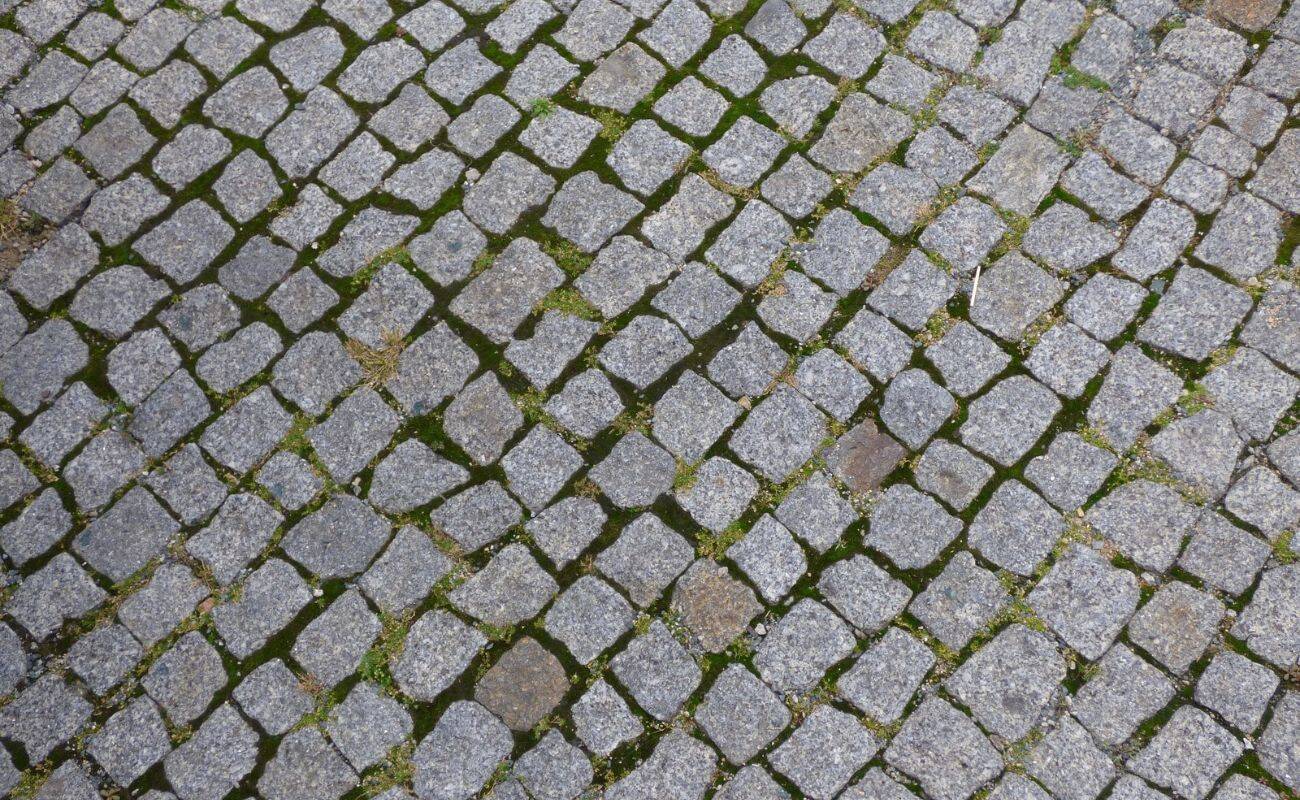
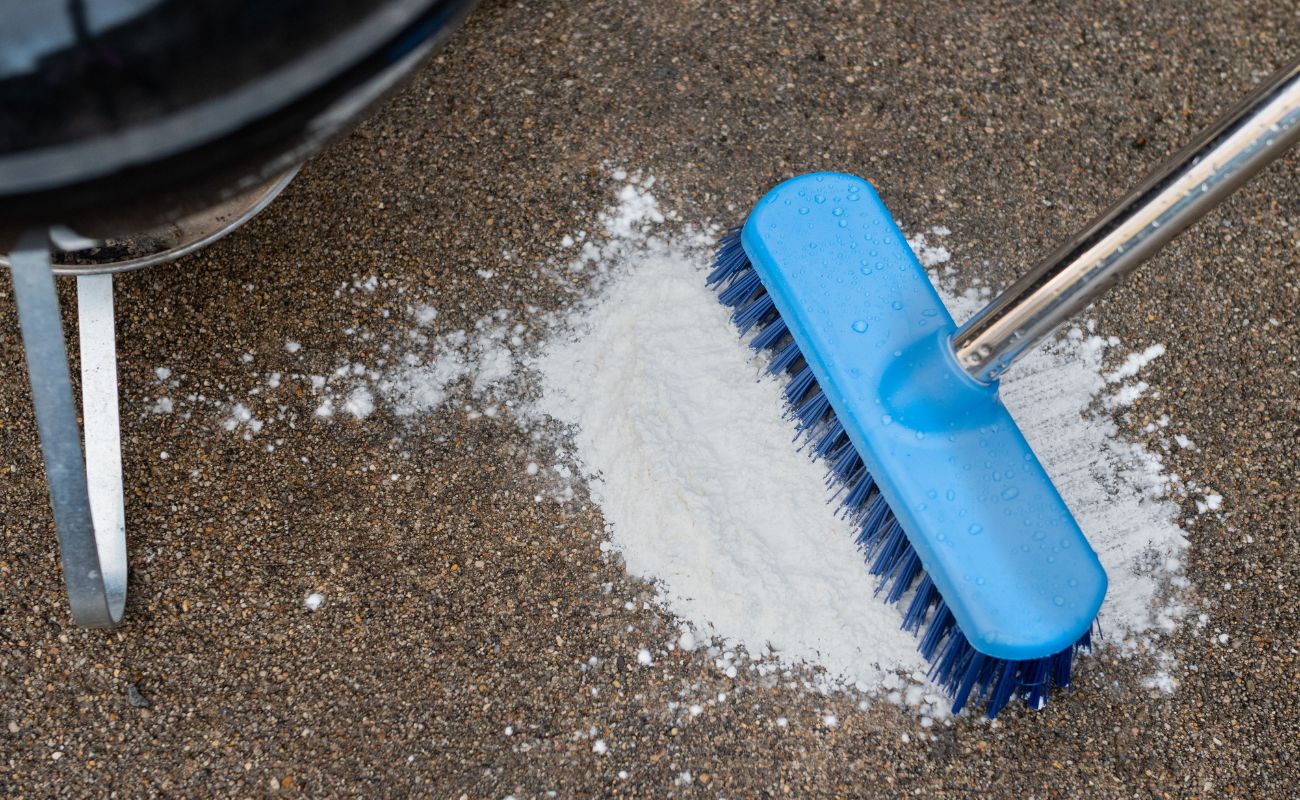
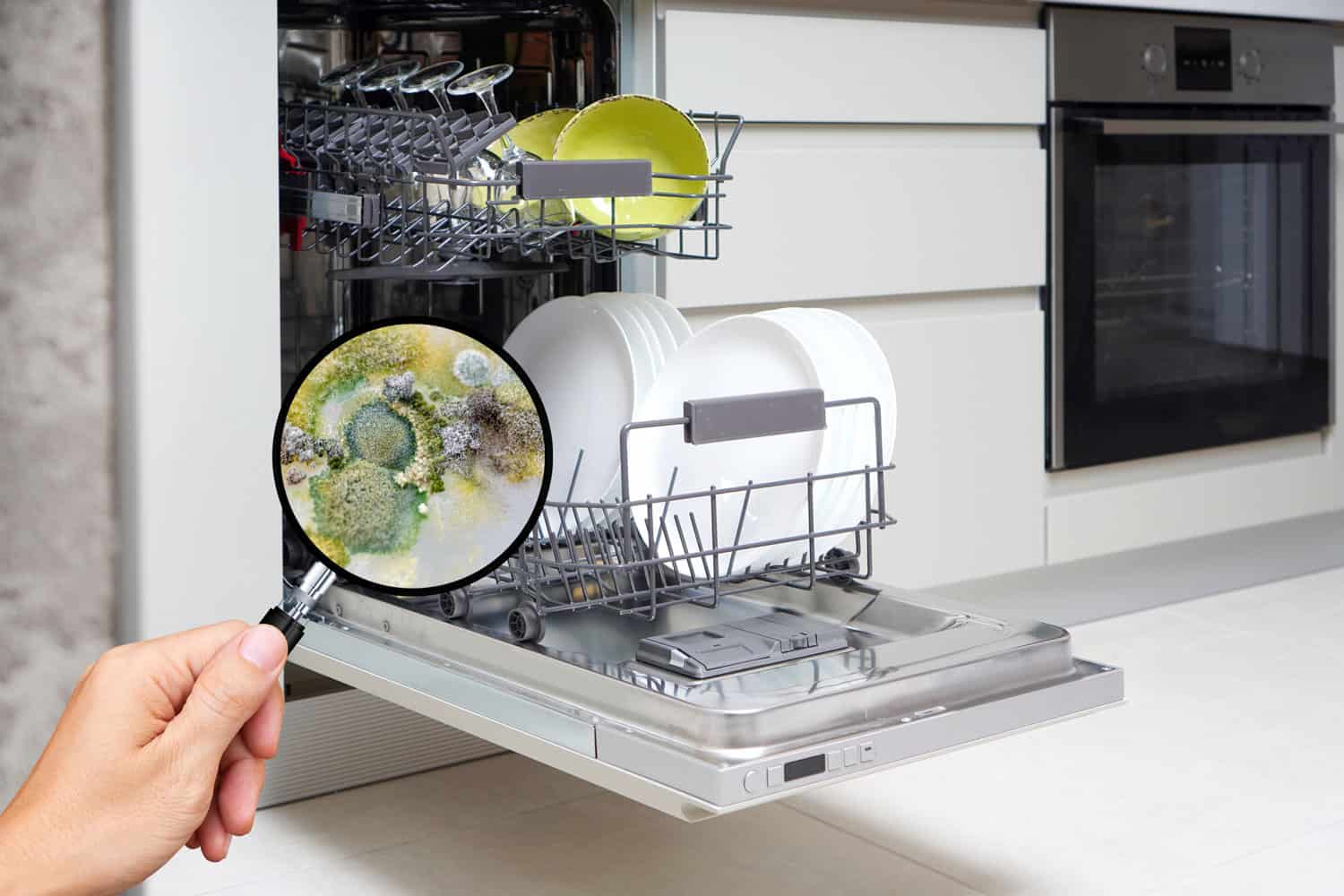
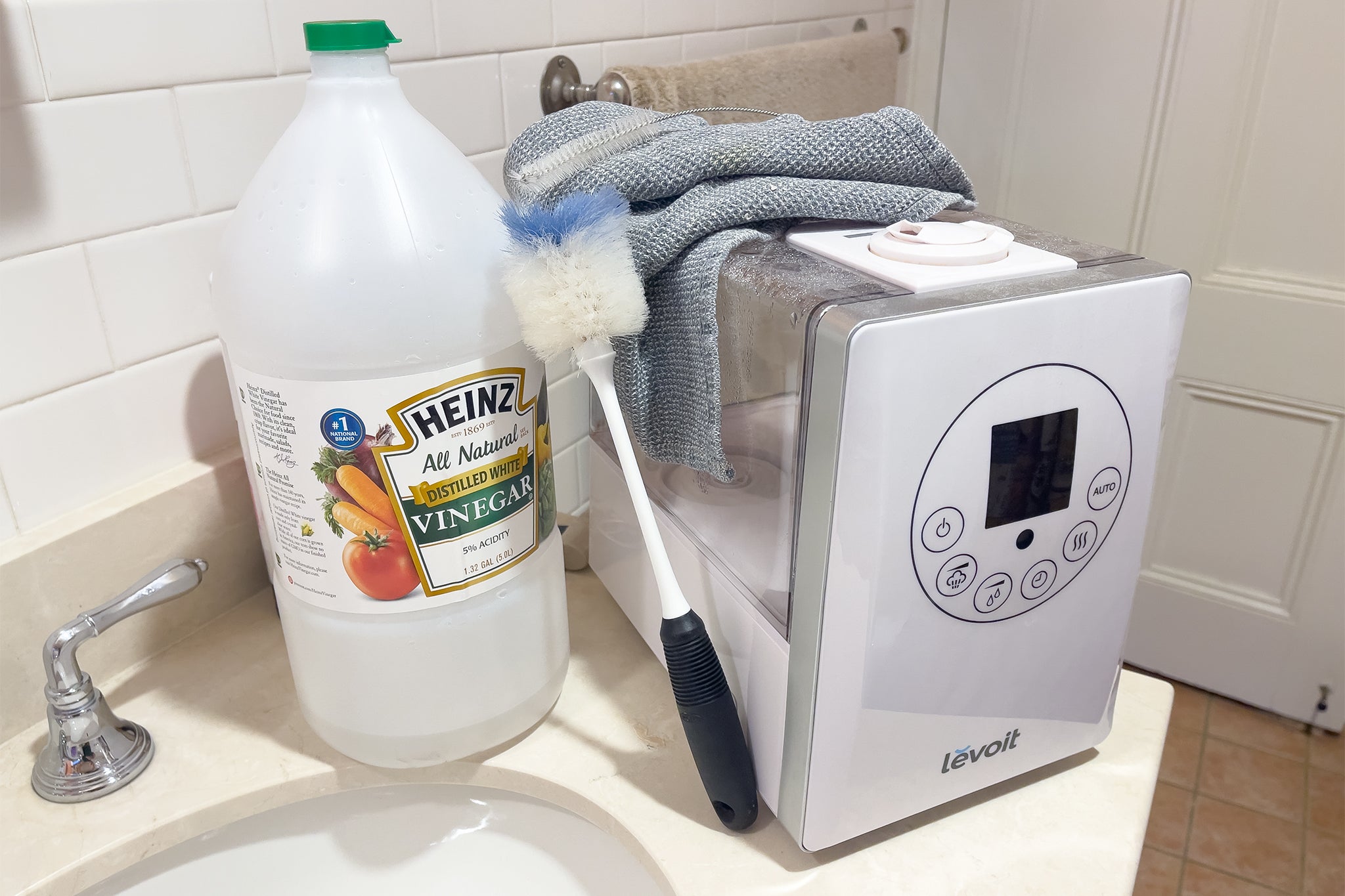
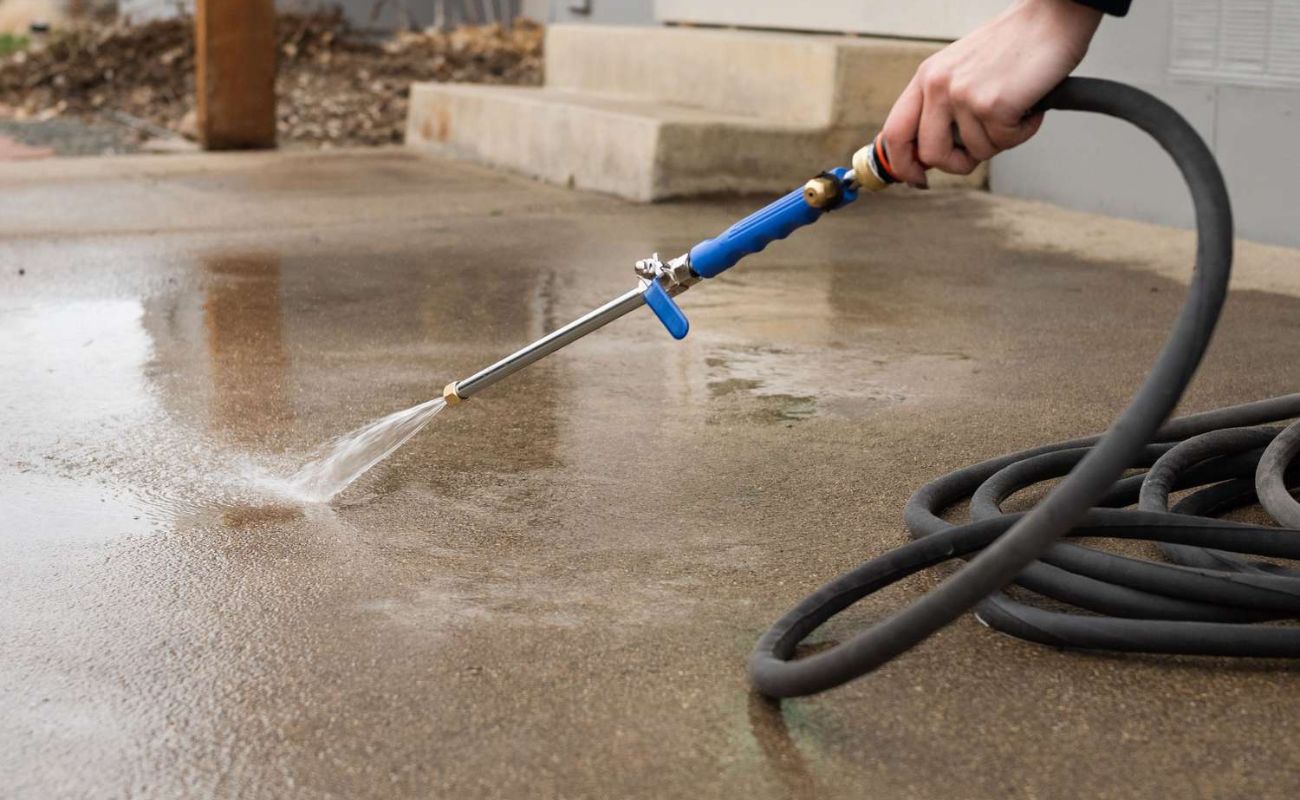
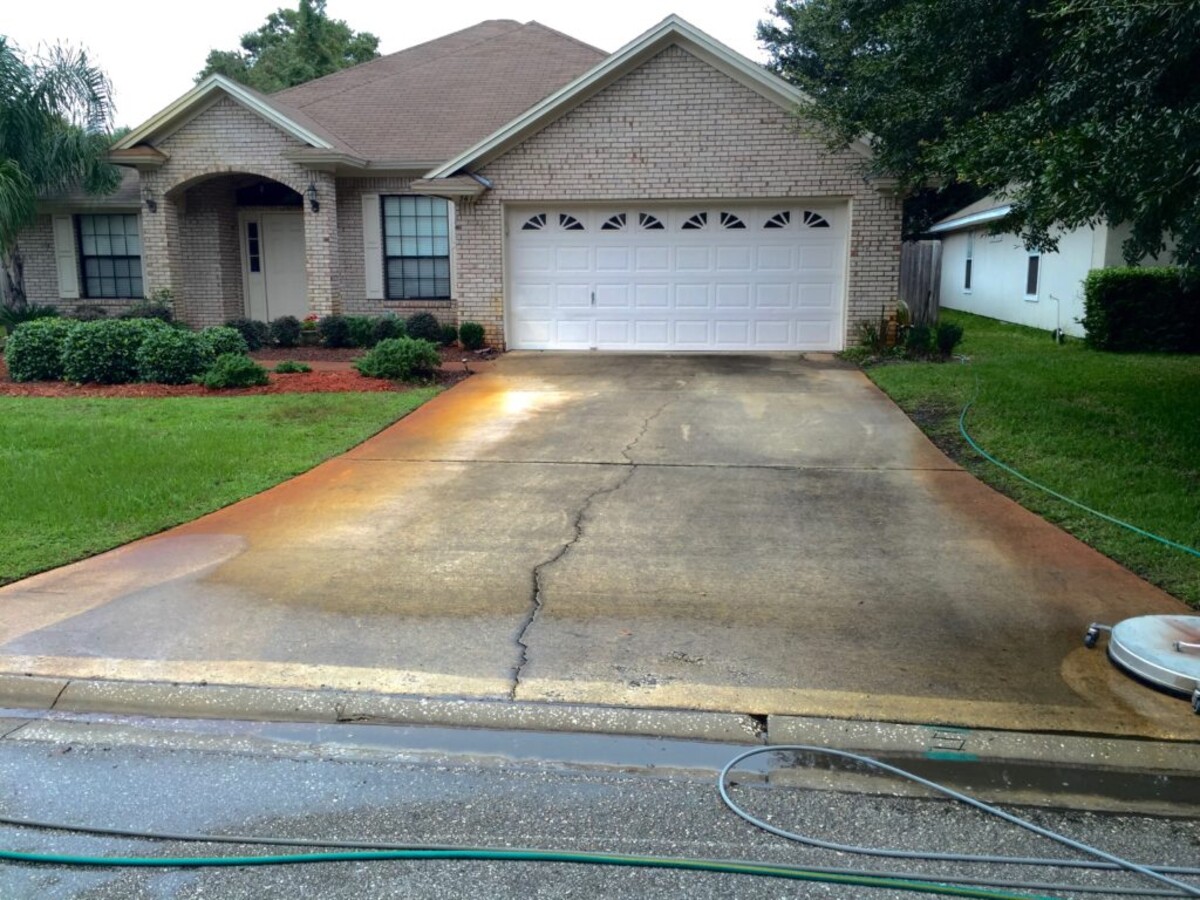
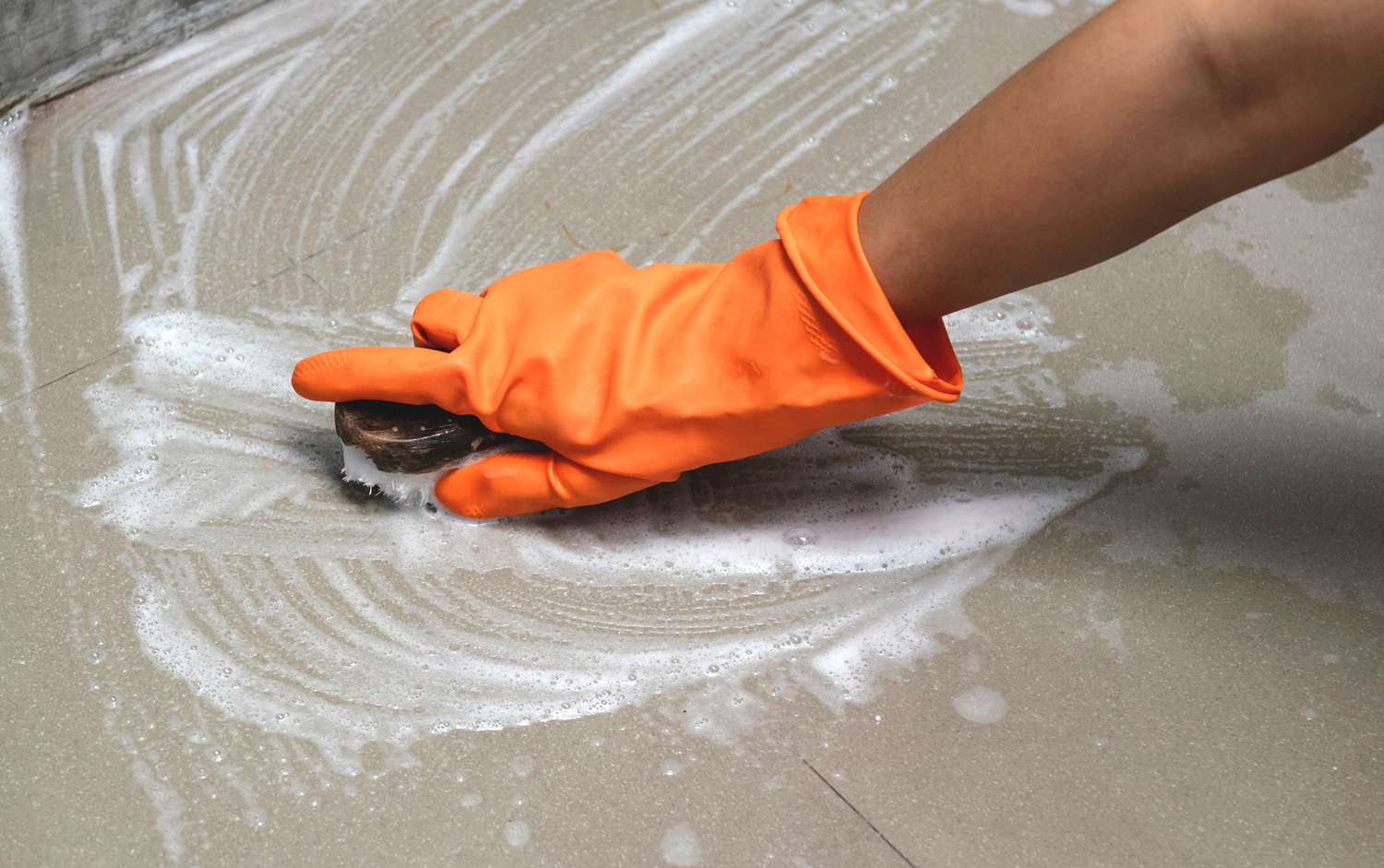
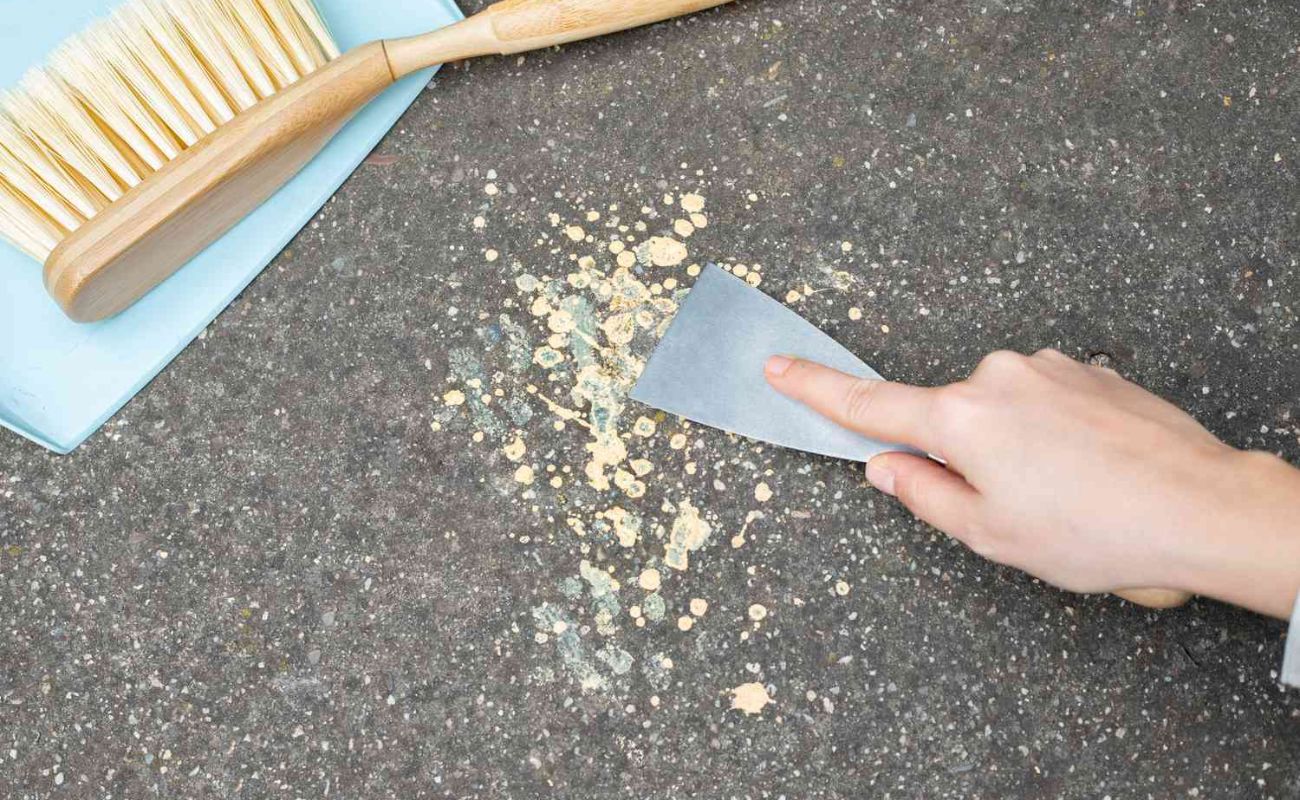
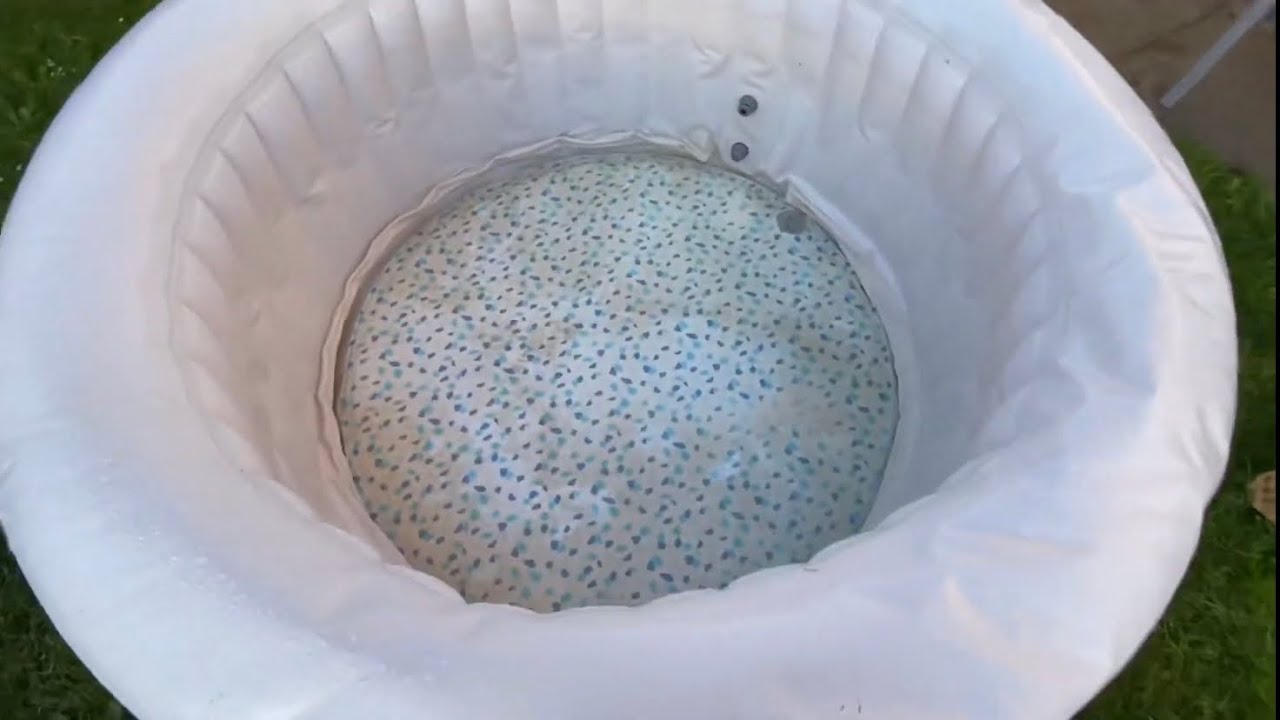
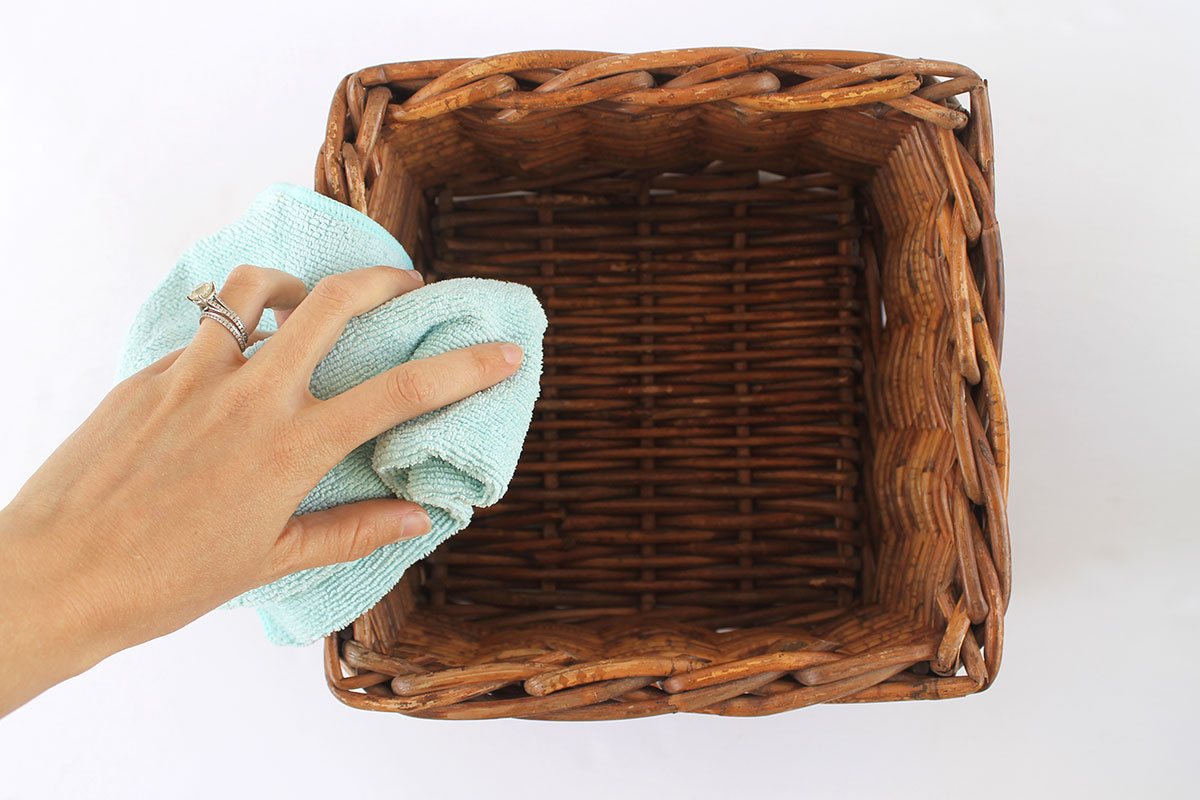
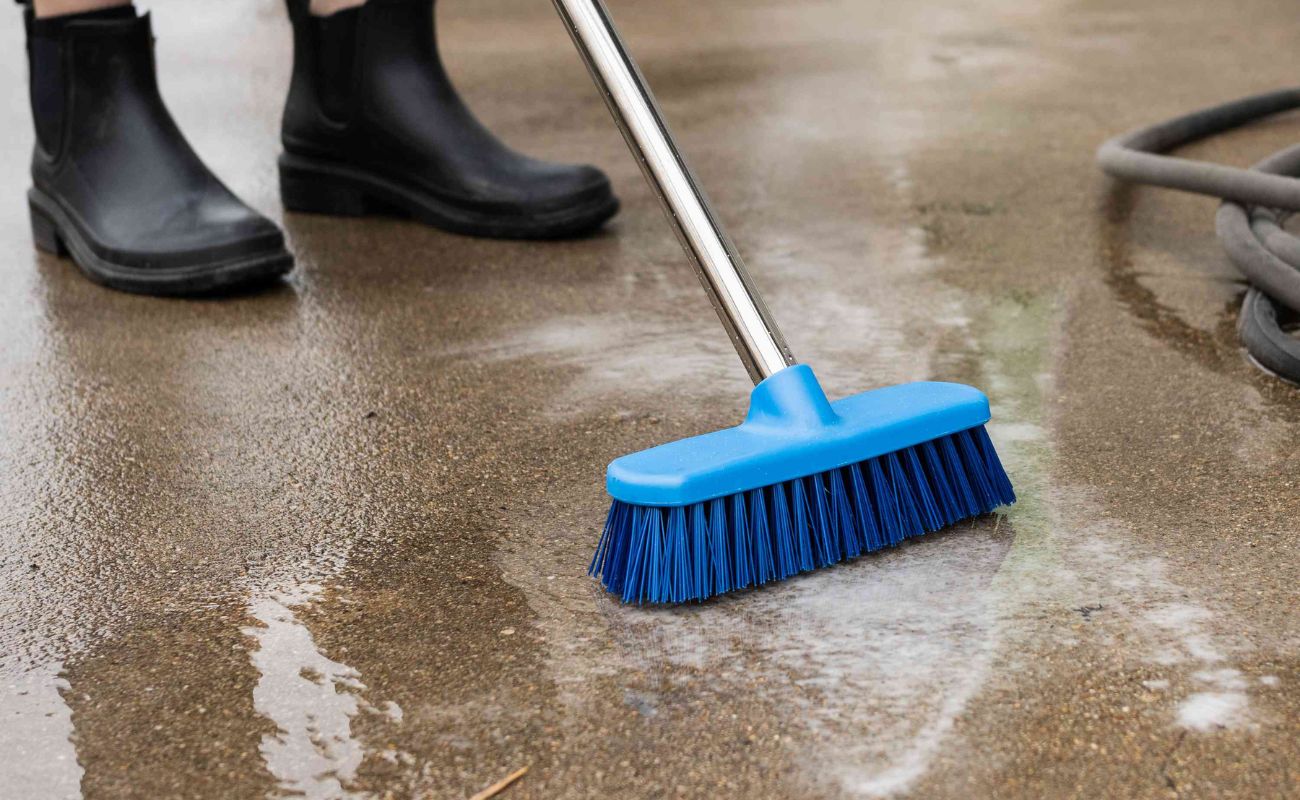
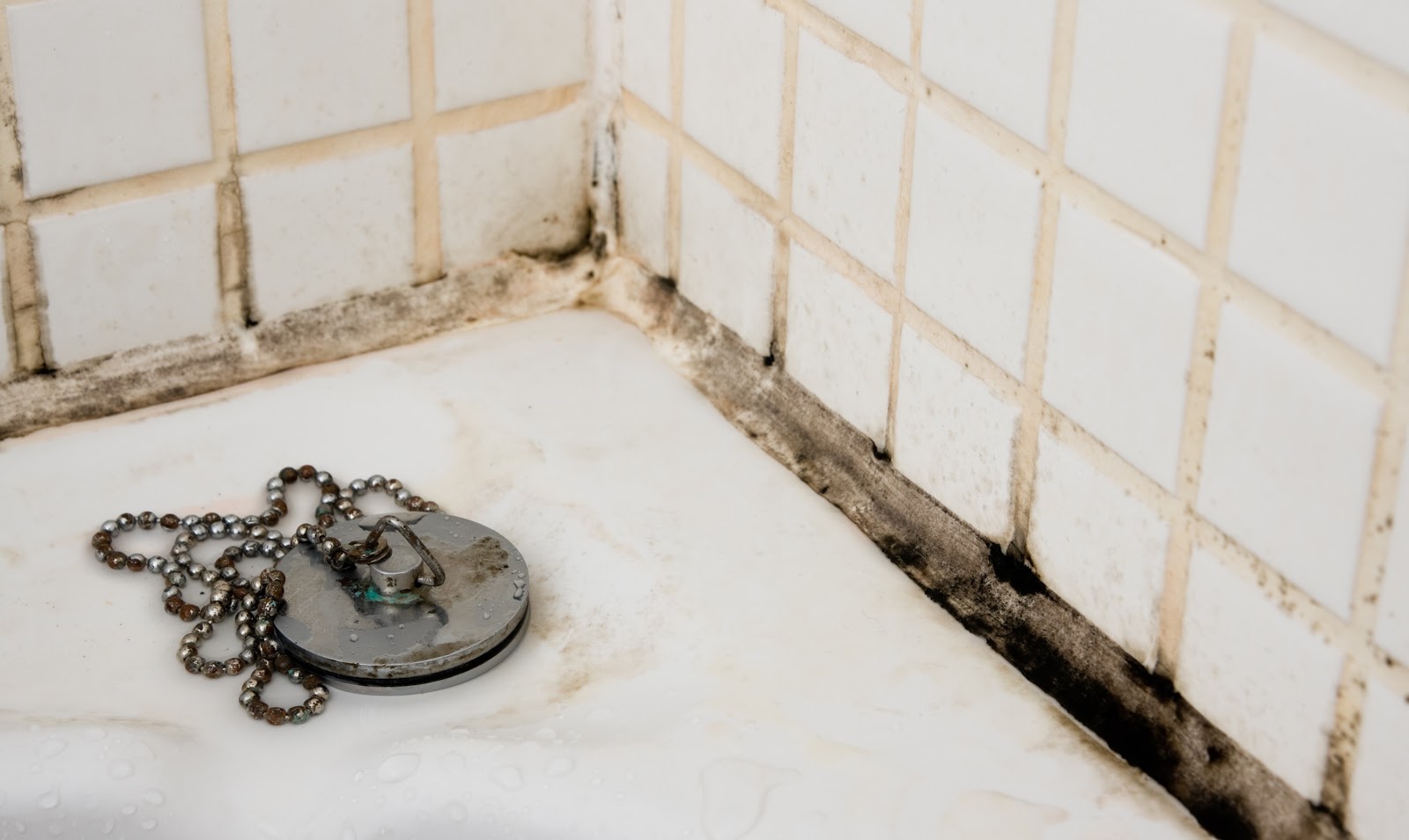
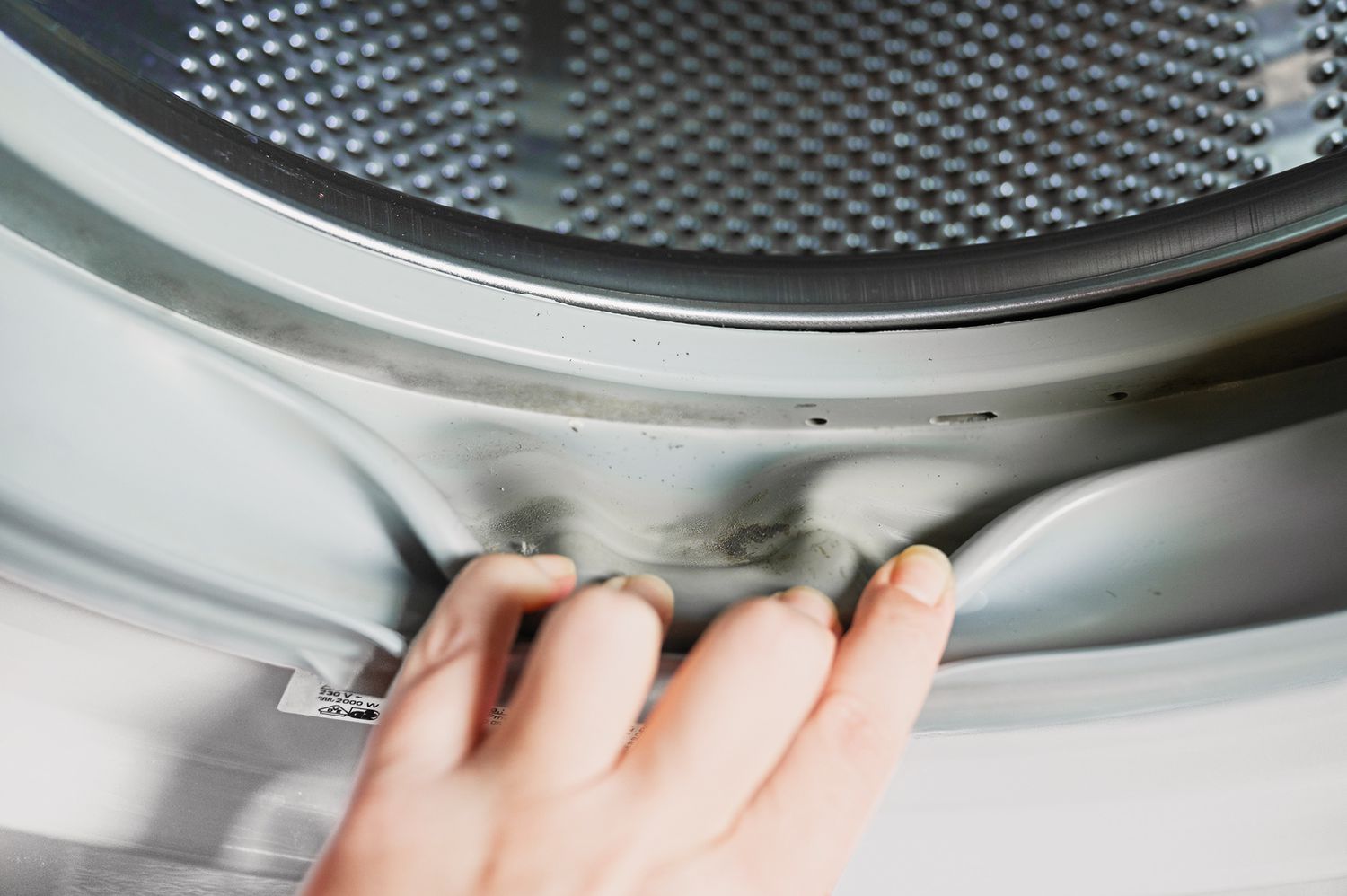

0 thoughts on “How To Clean Black Mold From A Concrete Patio”